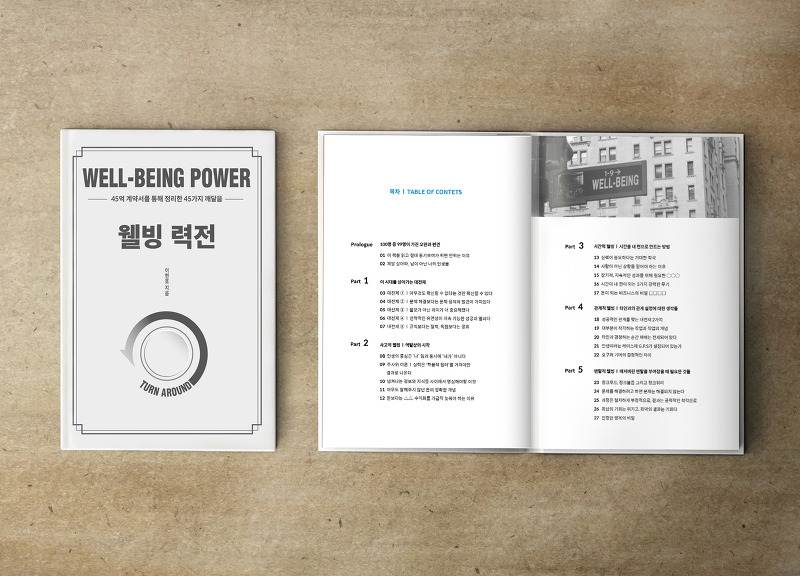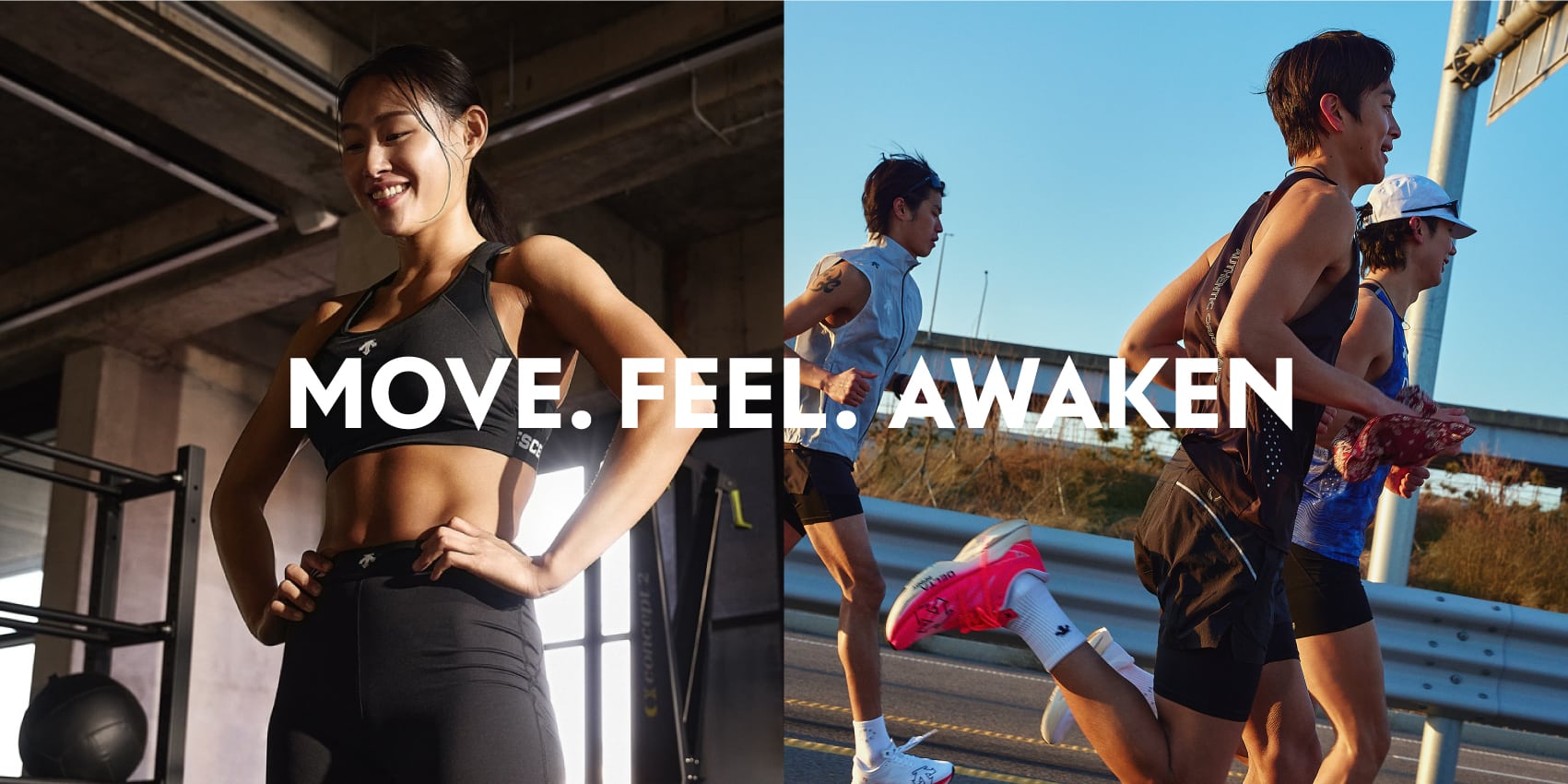Now Reading: The Ultimate Guide to On-Page SEO Techniques with chatgpt
-
01
The Ultimate Guide to On-Page SEO Techniques with chatgpt
The Ultimate Guide to On-Page SEO Techniques with chatgpt


The Comprehensive Guide to On-Page SEO Techniques with ChatGPT
In today’s dynamic digital landscape, achieving and maintaining a prominent position in search engine results is paramount for online success. Among the multifaceted strategies of Search Engine Optimization (SEO), on-page SEO techniques take center stage as indispensable tools for enhancing website visibility and reach.

Embarking on On-Page SEO
On-page SEO represents the meticulous optimization of individual web pages to boost their search engine rankings and attract organic traffic. It encompasses a spectrum of techniques and practices that zero in on the fine-tuning of various elements directly within the web page’s content and HTML source code. This all-encompassing guide is your ticket to the realm of on-page SEO techniques, enriched by ChatGPT’s valuable insights and recommendations.
The Dominance of High-Quality Content
- Creating High-Quality Content (H1): At the core of on-page SEO lies the creation of top-notch content. Content reigns supreme in the digital realm, with search engines favoring web pages that offer information-rich, engaging, and valuable content.
- Keyword Research and Seamless Integration (H2): The bedrock of your on-page SEO journey begins with exhaustive keyword research. Identify pertinent search terms within your niche and seamlessly weave them into your content to ensure a natural flow and an enriched user experience.
- Content Length Matters (H2): Aim for comprehensive, in-depth content. Lengthier articles often outshine their counterparts in search engine rankings, provided the quality remains consistently high throughout.
Crafting HTML Elements to Perfection
- Optimizing Title Tags (H1): Craft enticing, keyword-rich title tags that precisely encapsulate your web page’s content. Keep them succinct while ensuring they convey the essence of what lies ahead.
- Meta Descriptions’ Artistry (H2): Devote careful attention to crafting concise meta descriptions that succinctly summarize your content and entice users to click through. Include relevant keywords to optimize their appeal.
- Harnessing the Power of Header Tags (H2): Leverage header tags (H1, H2, H3, and beyond) to structure your content logically. Search engines rely on header tags to decipher the hierarchy and significance of your content.
- Optimizing the Visual Appeal of Images (H2): Elevate the user experience by optimizing images. This involves reducing file sizes, providing descriptive alt text, and ensuring that images contribute positively to the overall presentation.

Elevating User Experience and Technical Precision
- Fostering Swift Page Loading (H1): The speed at which your web pages load holds immense importance. A slow-loading website can dissuade users and thwart your SEO endeavors. Employ image optimization, minimize code, and make judicious use of browser caching to expedite page loading.
- Mastery of Mobile Optimization (H2): In an era dominated by mobile devices, it is imperative that your website is responsive and mobile-friendly. Google affords preference to websites that cater effectively to mobile users.
- The Art of Internal Linking (H2): Embed internal links seamlessly within your content to guide users to related articles or pages within your website. This not only enhances user experience but also assists search engines in efficiently crawling your site.
Charting New Territories with ChatGPT
- Content Recommendations: Your SEO Compass (H1): ChatGPT proves to be an invaluable ally in generating fresh content ideas, fine-tuning keyword strategies, and suggesting topic clusters to augment your on-page SEO endeavors.
- Unleashing the Potential of AI-Generated Content (H2): Embrace the power of AI-generated content, courtesy of ChatGPT, to complement your efforts. Whether it’s crafting product descriptions, crafting captivating blog introductions, or developing informative FAQs, AI can save you time while maintaining content quality.
F.A.Q. – On-Page SEO Techniques with ChatGPT

Question 1.
Q.: What is on-page SEO, and why is it essential for online success?
A.: On-page SEO refers to the meticulous optimization of individual web pages to improve their search engine rankings and attract organic traffic. It is crucial for online success because it enhances a website’s visibility, making it more likely to appear prominently in search engine results, thereby attracting a larger and more relevant audience.
Question 2.
Q.: How can I create high-quality content for on-page SEO?
A.: To create high-quality content, focus on offering information-rich, engaging, and valuable material. Conduct thorough keyword research to identify relevant search terms within your niche, and seamlessly integrate these keywords into your content to ensure a natural flow and enhance the user experience. Aim for comprehensive, in-depth content, as longer articles tend to perform better in search engine rankings, provided the quality remains consistently high throughout.
Question 3.
Q.: Why are title tags and meta descriptions important for on-page SEO?
A.: Title tags and meta descriptions play a crucial role in on-page SEO. Title tags should be crafted to be enticing, keyword-rich, and concise, accurately encapsulating your web page’s content. Meta descriptions should be concise yet compelling, summarizing your content and enticing users to click through. Including relevant keywords in both title tags and meta descriptions can optimize their appeal to search engines and users.
Question 4.
Q.: How can I optimize header tags for on-page SEO?
A.: Optimizing header tags involves using header tags (H1, H2, H3, and beyond) to structure your content logically. Search engines rely on these tags to understand the hierarchy and significance of your content. Use H1 tags for main headings, H2 tags for subheadings, and so on, to create a clear and organized content structure.
Question 5.
Q.: What role do images play in on-page SEO, and how can I optimize them?
A.: Images contribute significantly to user experience and on-page SEO. To optimize images, reduce file sizes to improve page loading speed. Provide descriptive alt text for each image, ensuring accessibility and SEO benefits. Ensure that images enhance the overall presentation and relevance of your content.
Question 6.
Q.: How important is page loading speed in on-page SEO?
A.: Page loading speed is critically important in on-page SEO. A slow-loading website can discourage users and negatively impact your SEO efforts. To enhance page loading speed, employ image optimization techniques, minimize unnecessary code, and use browser caching judiciously.
Question 7.
Q.: Why is mobile optimization essential for on-page SEO?
A.: Mobile optimization is imperative for on-page SEO due to the prevalence of mobile devices. Google prioritizes mobile-friendly websites in its rankings. Ensure your website is responsive and mobile-friendly to cater effectively to mobile users and improve your SEO performance.
Question 8.
Q.: How can internal linking benefit on-page SEO?
A.: Internal linking is beneficial for on-page SEO as it enhances user experience and assists search engines in crawling your site efficiently. Embed internal links within your content to guide users to related articles or pages within your website, creating a logical and interconnected web of content.
Question 9.
Q.: How can ChatGPT assist in on-page SEO?
A.: ChatGPT can be a valuable ally in on-page SEO. It can generate fresh content ideas, fine-tune keyword strategies, and suggest topic clusters to augment your on-page SEO endeavors. ChatGPT can save time and offer insights to enhance your SEO efforts.
Question 10.
Q.: Can AI-generated content be useful for on-page SEO?
A.: Yes, AI-generated content, like that generated by ChatGPT, can be highly useful for on-page SEO. It can be employed for tasks such as crafting product descriptions, creating captivating blog introductions, and developing informative FAQs. AI-generated content can save time while maintaining content quality.
Question 11.
Q.: Why is on-page SEO an ever-evolving journey?
A.: On-page SEO is an ever-evolving journey because search engine algorithms and user preferences continually change. To maintain and improve your online presence, it’s crucial to adapt your SEO techniques to stay in sync with evolving trends and updates in the digital landscape.
Question 12.
Q.: How can I continually optimize my online presence through on-page SEO?
A.: Continually optimizing your online presence through on-page SEO involves adhering to the strategies outlined in this comprehensive guide and staying updated with the latest SEO trends. Harnessing AI, like ChatGPT, can assist in adapting to evolving search engine algorithms and the ever-changing preferences of your audience.
Conclusion
In summation, mastery of on-page SEO techniques is a vital prerequisite for enhancing your website’s visibility, attracting organic traffic, and ultimately achieving online success. By diligently adhering to the strategies outlined in this comprehensive guide and harnessing the insights of AI, such as ChatGPT, you can stay at the forefront of your industry and continually optimize your online presence. It’s crucial to remember that SEO is an ever-evolving journey, so keep refining your techniques to stay in sync with evolving search engine algorithms and the ever-changing preferences of your audience.




















